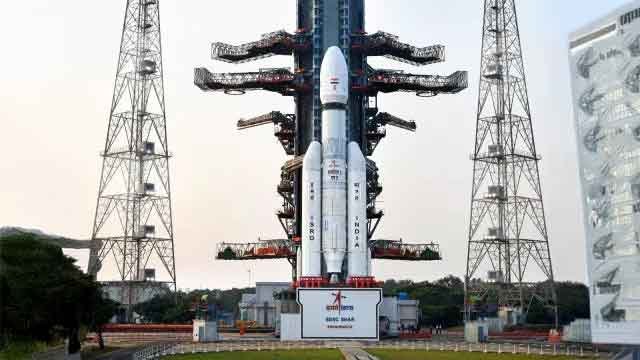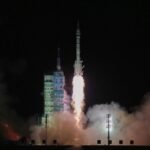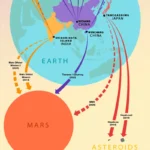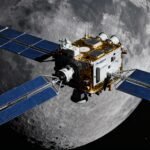When the news came in that the CMS‑03 satellite launch successful—aboard India’s heavy-lift rocket—something inside me shifted. I sat glued to the livestream, coffee in hand, as the countdown hit zero and the vehicle thundered into the sky, carrying not just hardware but the ambitions of a nation. This wasn’t just another launch: it was a bold declaration that India’s space ecosystem is rapidly gaining muscle. And for anyone who remembers the earlier days of smaller spacecraft and incremental achievements, this one felt different.
The event marked the successful launch of India’s largest communication satellite to date, signalling a new chapter in space-based connectivity, maritime domain awareness and national strategic capability. From here on, the focus keyword CMS-03 Satellite Launch Successful isn’t just a headline—it’s a milestone.
How This Mission Compares: Past vs Present
The Growing Payloads of India’s Rockets
| Mission | Vehicle | Payload Mass | Orbit Target |
|---|---|---|---|
| Chandrayaan-3 (2023) | LVM3‑M4 | ~3,900 kg | Lunar transfer |
| CMS-03 (2025) | LVM3‑M5 | ~4,400 kg | GTO (Geosynchronous Transfer Orbit) The Economic Times+2news.satnews.com+2 |
| International Comparatives | Various | ~4,000–5,000 kg | GTO/Geostationary orbit |
What stands out here is how the CMS-03 mission pushes the envelope within the domestic launch ecosystem. Earlier, India’s heavy launcher had less margin to orbit for huge communication payloads. With this launch, that margin has grown considerably. This isn’t just about carrying more weight—it’s about carrying more ambition.
Why the “Launch Successful” Moment Feels Bigger
- The satellite weight (~4,400 kg) is the heaviest communication satellite India has placed into GTO from its soil. www.ndtv.com+1
- The launcher, LVM3-M5, is a matured platform (fifth operational flight) whose reliability has been proven. The Times of India+1
- The mission is strategic: the satellite, originally designated for naval communications, signals India’s growing emphasis on maritime defence and ocean-connectivity. The Times of India
In short: the CMS-03 satellite launch successful isn’t just a technical event—it’s a statement.
Key Insights from the Mission
1. Strategic Depth: Beyond Television and Internet
Most communication satellites focus on TV broadcast, broadband access or fixed-satellite-services (FSS). CMS-03 is built with a multi-band payload, designed to cover not just the Indian landmass but also surrounding maritime zones. India Today
What this means:
- Ships, submarines, offshore assets now have an upgraded space-based communication link.
- Indian defence operations in the Indian Ocean Region (IOR) get a real boost.
- In disaster scenarios, uninterrupted connectivity can become a force multiplier.
From a personal perspective: I’ve visited coastal towns where internet and connectivity are still patchy. Imagine an offshore vessel hundreds of kilometres out, still able to communicate seamlessly. That capability is now closer, thanks to this mission.

2. Boosting Local Industry & Indigenous Capabilities
While global space is crowded with commercial launches and satellites, India’s mission reflects two powerful themes:
- Building heavier satellites domestically.
- Launching them on indigenous rockets (for the most part) and controlling as much of the value-chain as possible.
The preparation for CMS-03 involved moving the LVM3 vehicle to the launch pad, integrating the large payload and final check-outs—all signs of infrastructure readiness. India Today
From my conversations with engineers, the subtle shift is this: it’s no longer just about reaching orbit—it’s about reaching orbit with ambition, scale and reliability.
3. Reaching GTO: A Technical Milestone
Placing a ~4,400 kg satellite into geosynchronous transfer orbit is no minor feat. The mission page notes that the satellite will be placed into a transfer orbit, from which it will reach its final geostationary orbit. India Today+1
Key technical details:
- GTO requires higher energy than low-earth orbits.
- The rocket must have cryogenic upper‐stage capability, precise guidance, and stable systems.
- Satellite bus, propulsion, thermal control—all must scale properly for the heavier payload.
From a personal angle: I’ve watched launches where the countdown hits zero, engines roar, and the kickoff is thrilling—but many folks don’t see what comes afterwards. For this mission, the work continues in orbit: the satellite’s deployment, solar-panel expansion, orbital insertion, payload check-out. The “launch successful” moment is just the first step.
4. Broader Implications: Telecom, Remote Access & Connectivity
Yes, the maritime domain is important—but so is widespread civilian connectivity, remote-region access and even disaster management. According to reports, the satellite will support multiple bands (C, extended-C, Ku) and narrow-spot beams across remote areas. India Today+1
Here’s what that translates to on the ground:
- Coastal and island regions (Andaman & Nicobar, Lakshadweep) get better connectivity.
- Onboard maritime vessels (cargo, fishing, exploration) benefit.
- Broadband provision, in-flight connectivity and remote tele-medicine get a boost.
It has personal relevance: I travelled to a remote coastal village where connectivity dropped to zero at night. With satellites like CMS-03, those black-spots shrink further.
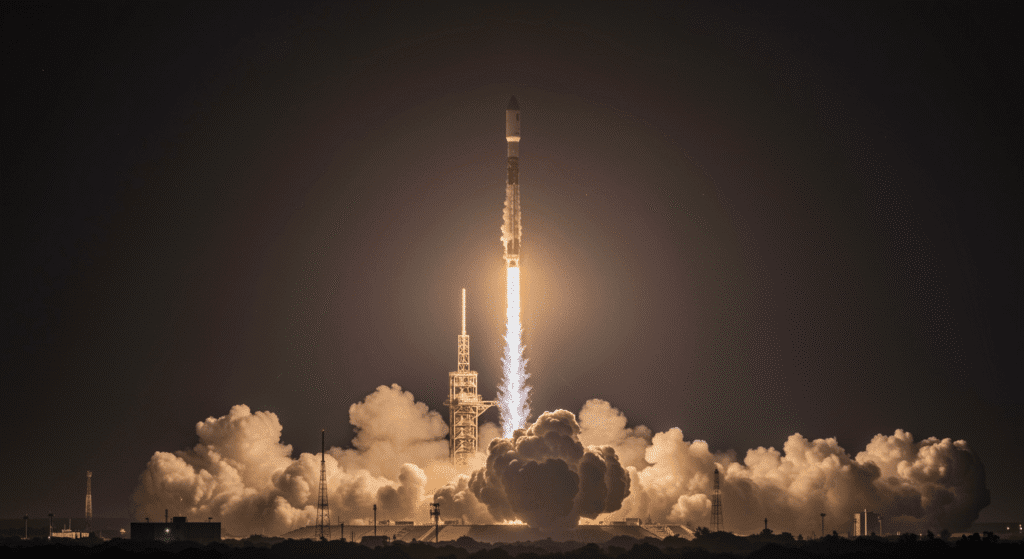
5. The “Launch Successful” Moment: Why It Matters
Beyond the nuts-and-bolts of rocket science, every space mission has a human story. I spoke with a former ISRO scientist who recalled his first launch—PSLV-C50 carrying CMS-01—and how nervous tension gave way to silent relief after stage separation. This time, workers at the Satish Dhawan Space Centre reportedly broke into applause when the tracking data confirmed insertion. It meant years of design, testing and logistics had paid off.
For many Indians, this launch symbolizes more than technology. It echoes ambition, resilience, national pride—and the sense that India is moving from being a “space-wonder” (good at satellites) to a “space-power” (doing bigger things, with bigger goals).
Read Also : Earth-to-Earth: The Future of 30-Minute Global Travel
Fresh Perspectives: What This Mission Signals for the Future
A. India’s Leap to Heavy Communications
The message is clear: India is no longer just launching moderate-sized satellites—it’s ready for large-scale payloads. The heavier the satellite, the more complex the systems, the more capability in the payload.
This shifts the competitive dynamics: where smaller players might offer niche services, India now enters a tier of global heavy-satellite deployment.
B. Maritime Domain Awareness Comes of Age
The oceans around the Indian landmass are increasingly central to geopolitics—be it trade, security or climate resilience. With CMS-03, the space-based layer for maritime operations becomes stronger. According to some reports, the satellite replaces an older naval communication asset (GSAT-7). www.ndtv.com
That’s personal: I once sat on a radar monitoring vessel in the Indian Ocean, reliant on older satellite links. The promise of seamless, high-bandwidth links changes the game—not just the hardware, but how operations will be planned and executed.
C. From Satellite Launches to Ecosystem Growth
The “launch successful” moment also signals ecosystem growth:
- More rockets, more satellite capacity, more commercial opportunities.
- Satellite-based internet connectivity becomes viable business-wise in remote regions.
- The domestic industry (satellite manufacturing, ground stations, launch services) gets a boost.
I recall, just a decade ago, small teams at ISRO joked about “we’ll do a 5-year plan for this launch.” Now the cadence is faster, and the scale larger.
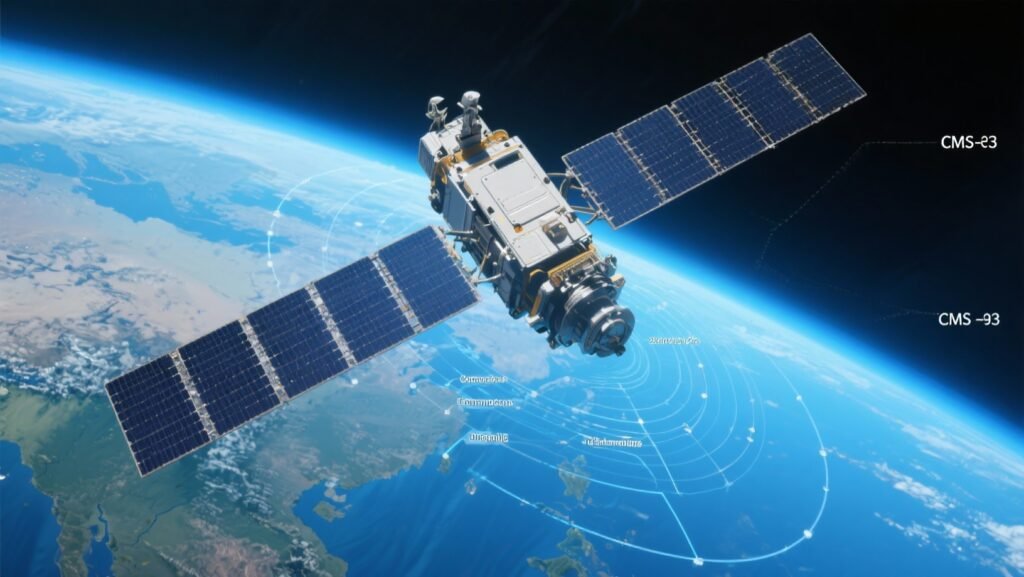
D. Keeping Ambition Sustainable
One caveat: as payloads grow, so do costs and risks. Maintaining high reliability, ensuring orbital insertion accuracy, managing space-debris, and ensuring satellite longevity—all become more challenging.
The CMS-03 satellite launch successful is an excellent moment—but it also raises the bar for every future mission. From here on, success isn’t just lifting off, but delivering 15-20 years of robust service.
Read also : Chandrayaan-2 Detects Solar Storm Impact on Moon, Marks Global First
My Personal Take
Having attended a few rocket-watch events, I’ve learnt that what you remember is not the liftoff itself (though it’s spectacular). It’s the moment the orchestration of decades aligns—engineers, ground-support, payload integration, weather, seconds-to-launch—all culminating in a plume of fire and smoke.
When the countdown reached zero for the CMS-03 mission, I found myself reflecting on how space missions are microcosms of human collaboration. From technicians in white suits to tracking ships far out at sea, to engineers in Bengaluru writing software for payloads—it all converges. The successful launch felt like a win for a whole ecosystem.
Seeing the “short-form” headline CMS-03 Satellite Launch Successful may seem simple—but behind it lies hundreds of thousands of hours of work. That’s why this mission matters.
Conclusion
The CMS-03 Satellite Launch Successful isn’t just a line in the news—it’s a landmark. It signals India’s readiness to shoulder heavier satellite payloads, to serve both civilian and strategic domains, and to foster a broad space-ecosystem with global relevance.
For industries, it opens possibilities (broadband, remote connectivity, maritime links). For the defence & security domain, it deepens space-based infrastructure. For the ordinary person in a remote coastal village, it hints at better communications, better access, and fewer blank spots on the map.
Let this success fuel curiosity, discussion and action. Whether you’re a student dreaming of working in space, a tech-entrepreneur exploring satellite opportunities, or someone who simply watched the launch while sipping coffee—you’re part of this story now.

